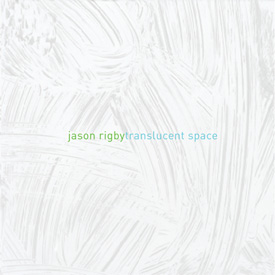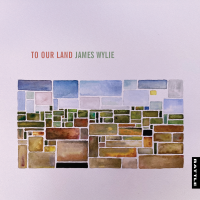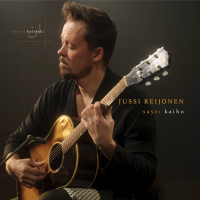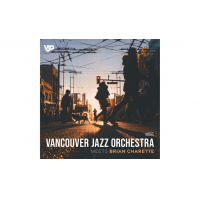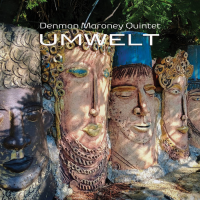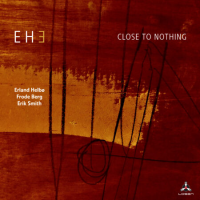Home » Jazz Articles » Album Review » Ike Quebec: It Might As Well Be Spring
Ike Quebec: It Might As Well Be Spring
Born in 1918 and a dancer before he became a musician, Quebec came up through big bands like Cab Calloway's and countless off-radar neighbourhood bar jazz 'n' jump outfits. During his first spell with Blue Note in the mid-1940s, Quebec was the label's biggest jukebox star. He revisited the genre with relish, backed by organs and guitars, following his return to Blue Note in 1959.
Until his death in 1963, Quebec's style remained firmly in mid-40s swing-to-bop mode, with hefty admixtures of blues and R&B. It's probably no coincidence that two of the most enduring artists he introduced to Blue Note, tenor saxophonist Dexter Gordon and baritone saxophonist Leo Parker, were his near-contemporaries and stylistic fellow travellers. Gordon may have been a shade less blues and R&B-explicit, but Parker more than redressed the balance.
Quebec played everything like it was the blues, even the most Caucasian of ballads, like Rodgers & Hammerstein's slow-strolling title track on It Might As Well Be Spring. His tone crosses sandpaper with velvet, his lines are vocalised and plain speaking, and his sophisticated command of the changes is tempered by smears, bent notes, honks and squeals. "Lover Man" and "Willow Weep For Me" inhabit the same gorgeous territory.
"Ol' Man River," by contrast, can rarely have been performed with such furiously paced, rococo extravagance. It may have been a neo-spiritual once, but, like Quebec's own up-tempo bop-blues "A Light Reprieve," it's red-eye jukebox jive here.
Recorded in December 1961, two weeks after Quebec's first 12" album, Heavy Soul was made with the same superb lineup, and only thirteen months before his death, It Might As Well Be Spring—here in a significantly enhanced Rudy Van Gelder remaster edition—still rocks.
Track Listing
It Might As Well Be Spring; A Light Reprieve; Easy-Don't Hurt; Lover Man; Ol' Man River; Willow Weep For Me.
Personnel
Ike Quebec
saxophone, tenorIke Quebec: tenor saxophone; Freddie Roach: organ; Milton Hinton: bass; Al Harewood: drums.
Album information
Title: It Might As Well Be Spring | Year Released: 2006 | Record Label: Blue Note Records
Tags
PREVIOUS / NEXT
Support All About Jazz
 All About Jazz has been a pillar of jazz since 1995, championing it as an art form and, more importantly, supporting the musicians who make it. Our enduring commitment has made "AAJ" one of the most culturally important websites of its kind, read by hundreds of thousands of fans, musicians and industry figures every month.
All About Jazz has been a pillar of jazz since 1995, championing it as an art form and, more importantly, supporting the musicians who make it. Our enduring commitment has made "AAJ" one of the most culturally important websites of its kind, read by hundreds of thousands of fans, musicians and industry figures every month.




